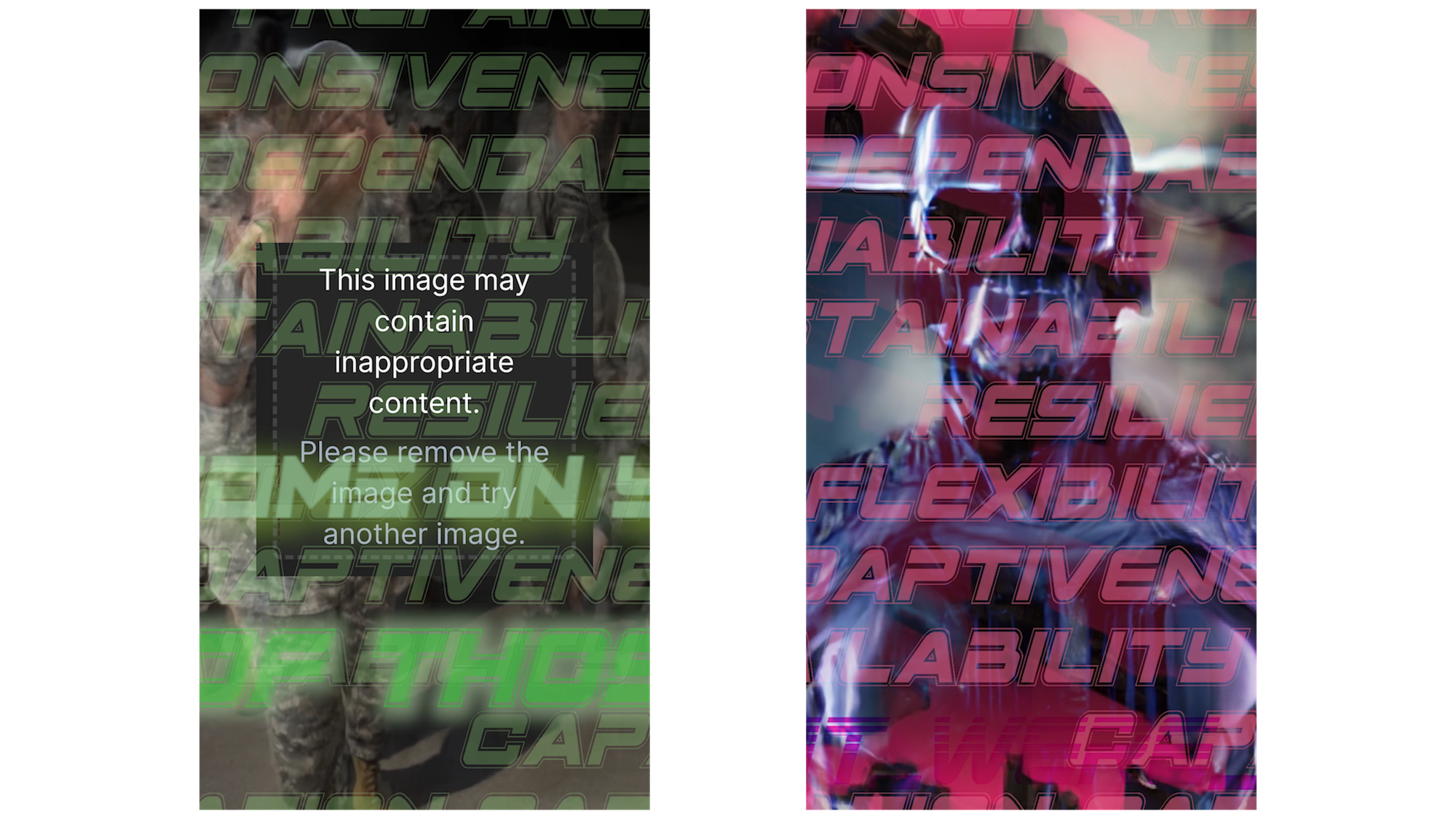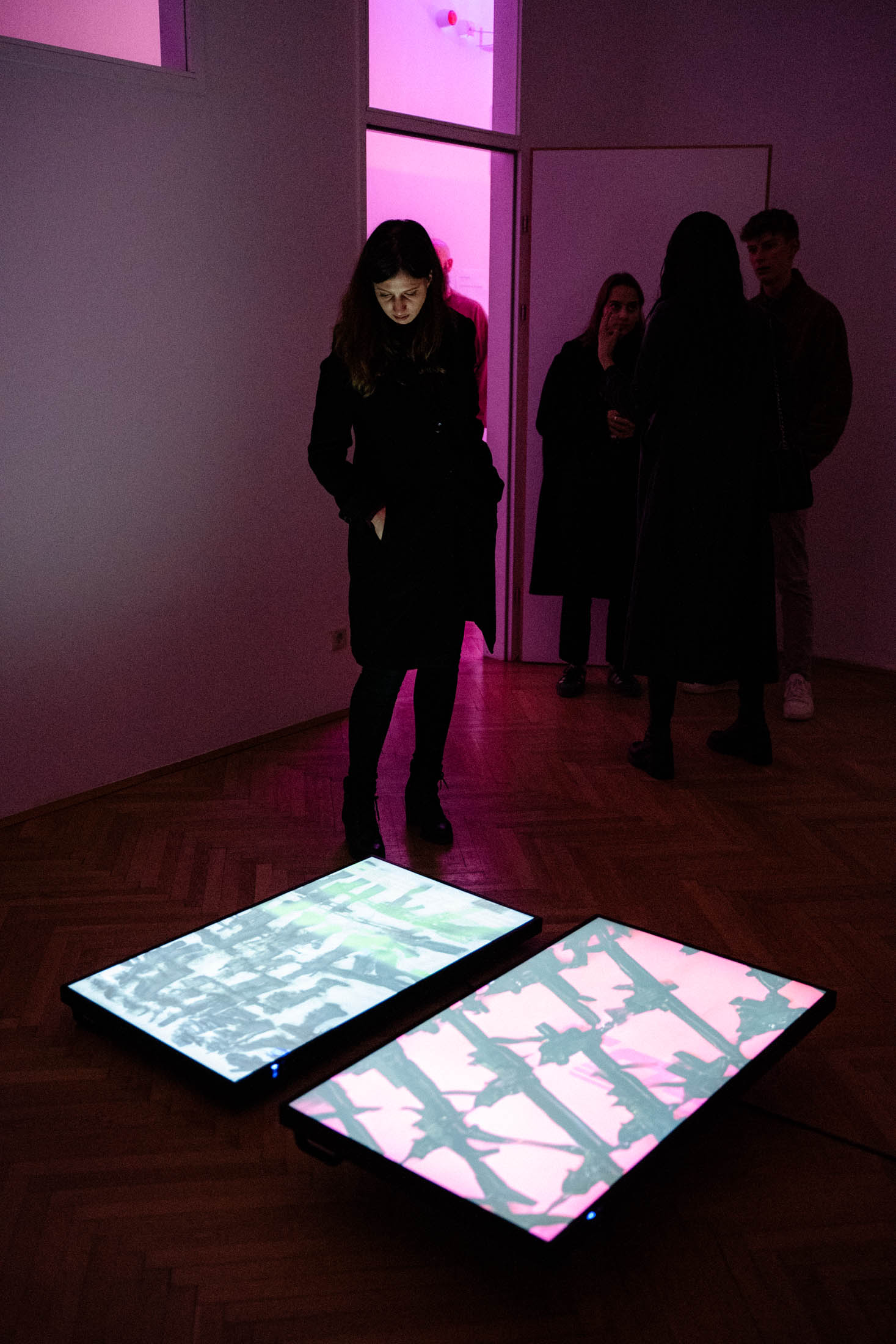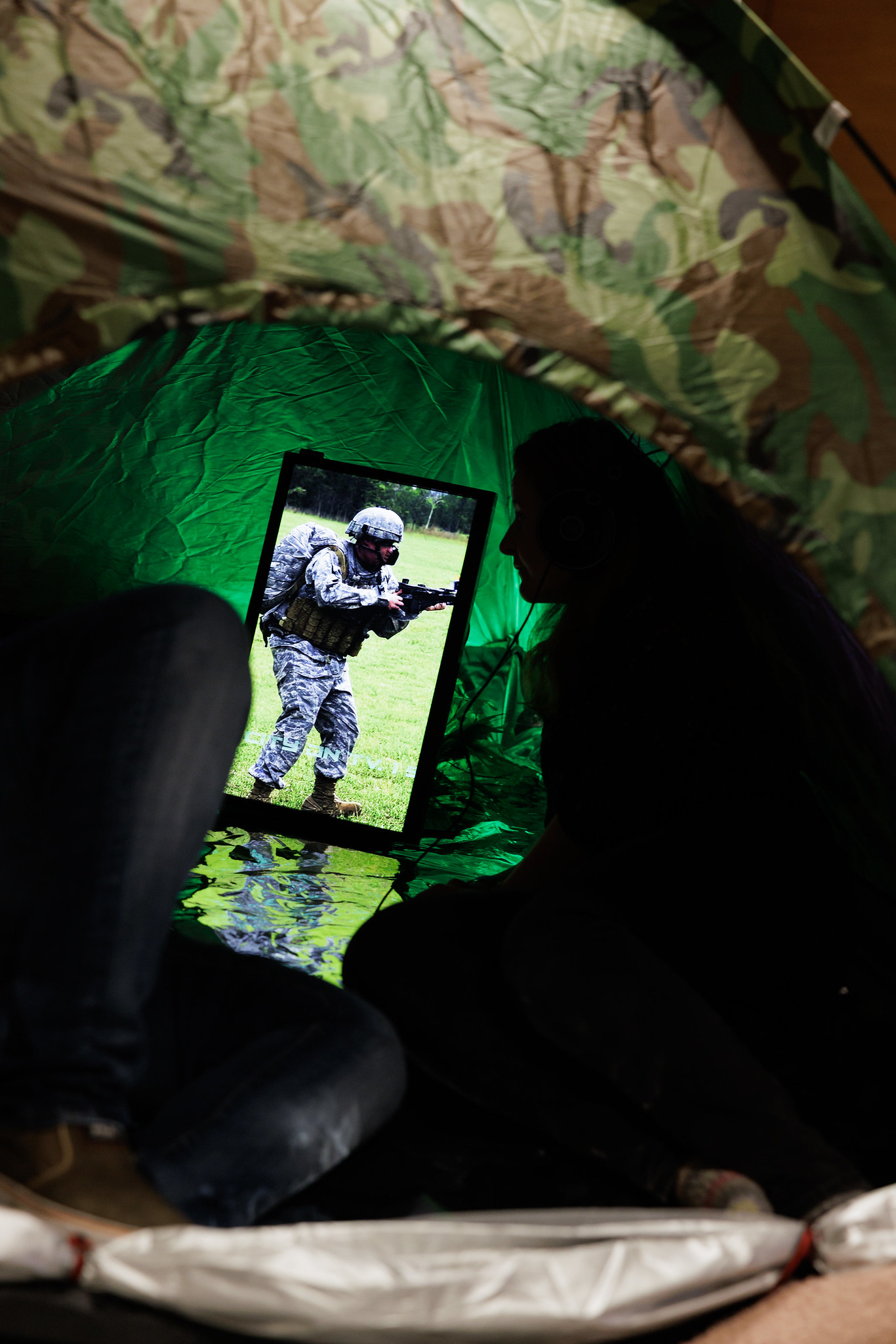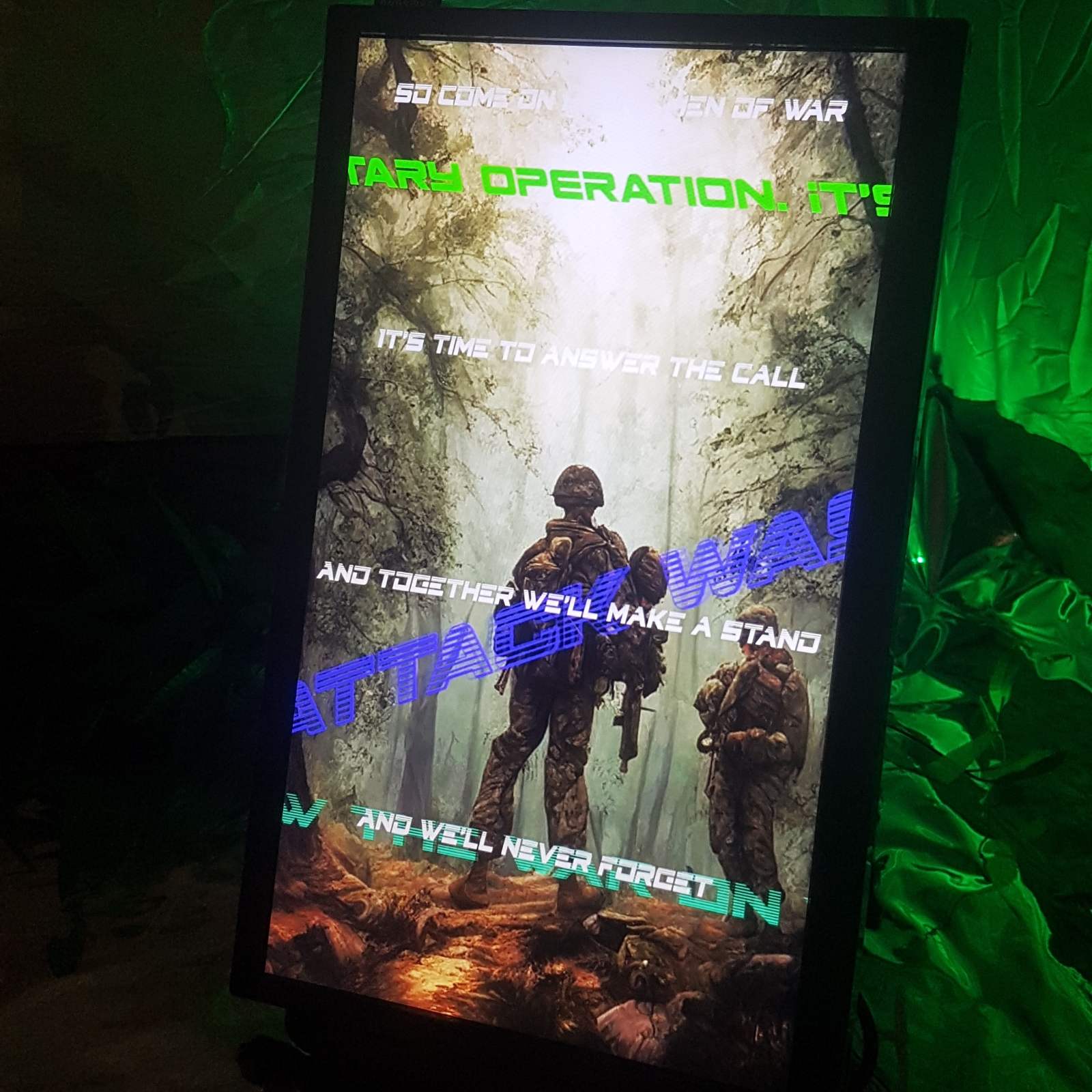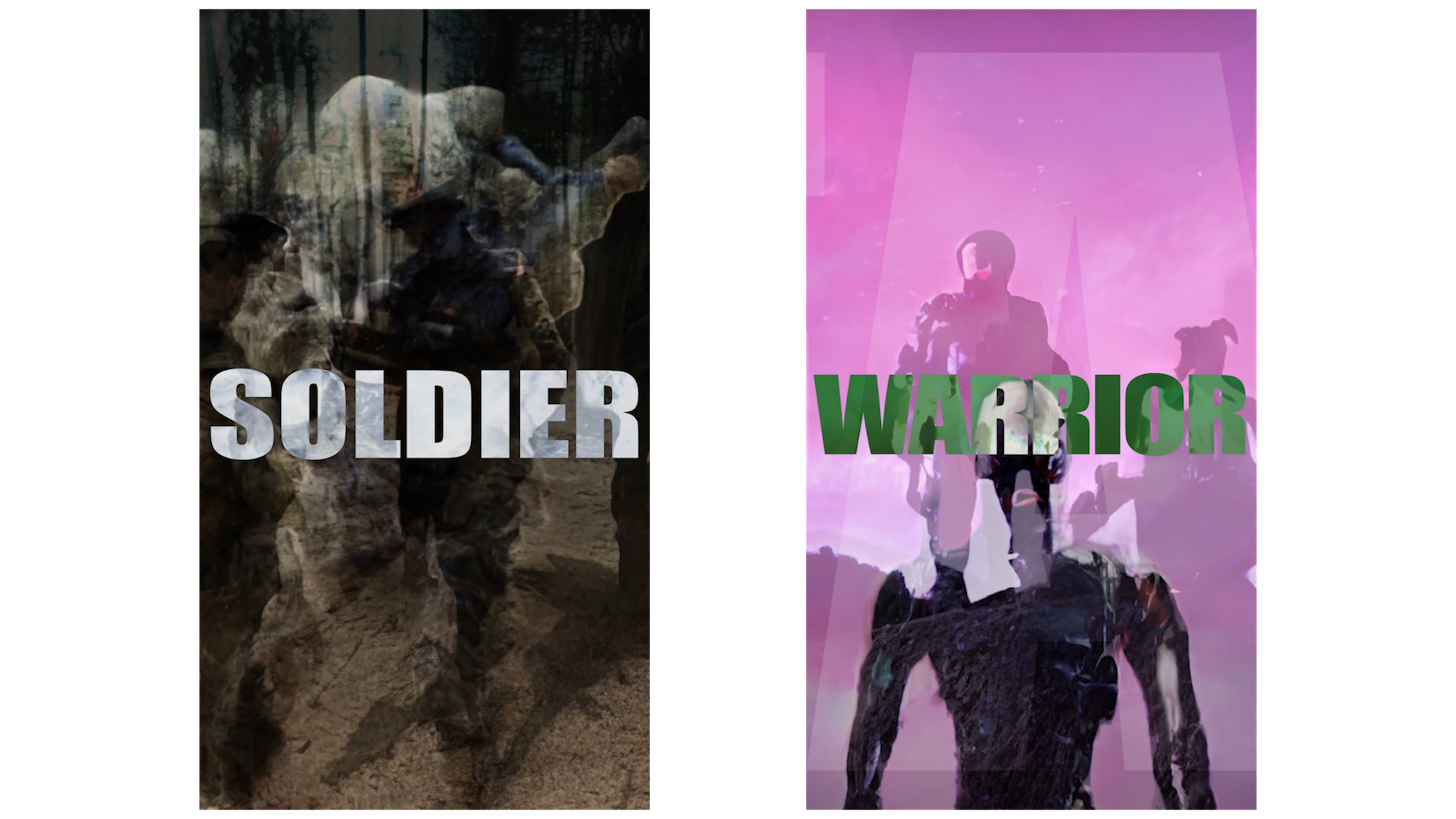︎
DEAR FRIEND,
WELCOME TO THE HIDDEN PAGE

UPDATE: WE DID IT!!!
we collected 2k, and with your donations
I was able to pay the hospital costs!
love, k
xx
p.s. coasters are on the way!
This was a crowdfunding project made to support my
most expensive holiday in life:
5 x days in a hospital
without health insurance*.
︎
TOTAL: 5.099,- EUR
via Revolut ():
︎ revolut.me/kristinatica ︎
THANK YOU FOR YOUR SUPPORT! ︎
︎
coasters are on the way!




just write me an inquiry email with your shipping address
and reserve your copy
[or meet me around]
︎
EXPLAINER:
*the rise and fall of my health insurance:
I have lived in Austria for almost 4 years now, where I finished my second Master studies in March 2023, and worked in cultural production and institutions such as Ars Electronica, Landes-Kultur OÖ, being an active member of the cultural scene in the region and living here as a legitimate registered resident.
In all those years, from October 2020, until November 2023, I have had my insurance via OeGK sorted and paid.
However, after my last working contract was ended in November 2023, I could not continue to support my self-insurance which would cost 400 EUR per month.
This sum was unaffordable for me, having in mind other living expenses I have on monthly basis.
AMS could not give me the unemployed status because I worked 251 days in Austria, and 365 days of employment in total is required to achieve this status.
It was not easy to make 251 days of registered working as a student and a non-EU resident with a studying permit (arbeit nur mit AMS dokument), but it ain’t enough to be part of the system.
As a non-EU citizen, I have difficulties finding jobs, since my employment requires additional documentation and fees, so since my last work, my efforts to find a new job did not work out.
In all those years, from October 2020, until November 2023, I have had my insurance via OeGK sorted and paid.
However, after my last working contract was ended in November 2023, I could not continue to support my self-insurance which would cost 400 EUR per month.
This sum was unaffordable for me, having in mind other living expenses I have on monthly basis.
AMS could not give me the unemployed status because I worked 251 days in Austria, and 365 days of employment in total is required to achieve this status.
It was not easy to make 251 days of registered working as a student and a non-EU resident with a studying permit (arbeit nur mit AMS dokument), but it ain’t enough to be part of the system.
As a non-EU citizen, I have difficulties finding jobs, since my employment requires additional documentation and fees, so since my last work, my efforts to find a new job did not work out.
In March this year, I had another (unrelated to the current diagnosis) medical condition that I was treating in Serbia, which also contributed to the lack of work opportunities this year.
My health insurance in Serbia has also expired (May 2024) and I cannot get a new one now since I am not there neither physically, nor in the unemployment system, since I have a residence registered in Austria. I neither can retrieve a document that presents my previous insurance data.
OeGK refuses to renew my self-insurance, as I was not insured in their administration for more than 6 months, and I cannot prove any other insurance.
This is how I got bureaucratically disabled to be entitled to an insurance.
This July, I had a life-threathening emergency where I had to be taken to the hospital, where I was diagnosed with pancreatitis.
The treatment and recovery was successful, but the hospital demanded that I stay for a total of 5 days regardless of my no-insurance status.
I have received a medical bill of 5.099,- EUR that I must cover on my own. And here we are, at the beginning of this story.
My health insurance in Serbia has also expired (May 2024) and I cannot get a new one now since I am not there neither physically, nor in the unemployment system, since I have a residence registered in Austria. I neither can retrieve a document that presents my previous insurance data.
OeGK refuses to renew my self-insurance, as I was not insured in their administration for more than 6 months, and I cannot prove any other insurance.
This is how I got bureaucratically disabled to be entitled to an insurance.
This July, I had a life-threathening emergency where I had to be taken to the hospital, where I was diagnosed with pancreatitis.
The treatment and recovery was successful, but the hospital demanded that I stay for a total of 5 days regardless of my no-insurance status.
I have received a medical bill of 5.099,- EUR that I must cover on my own. And here we are, at the beginning of this story.
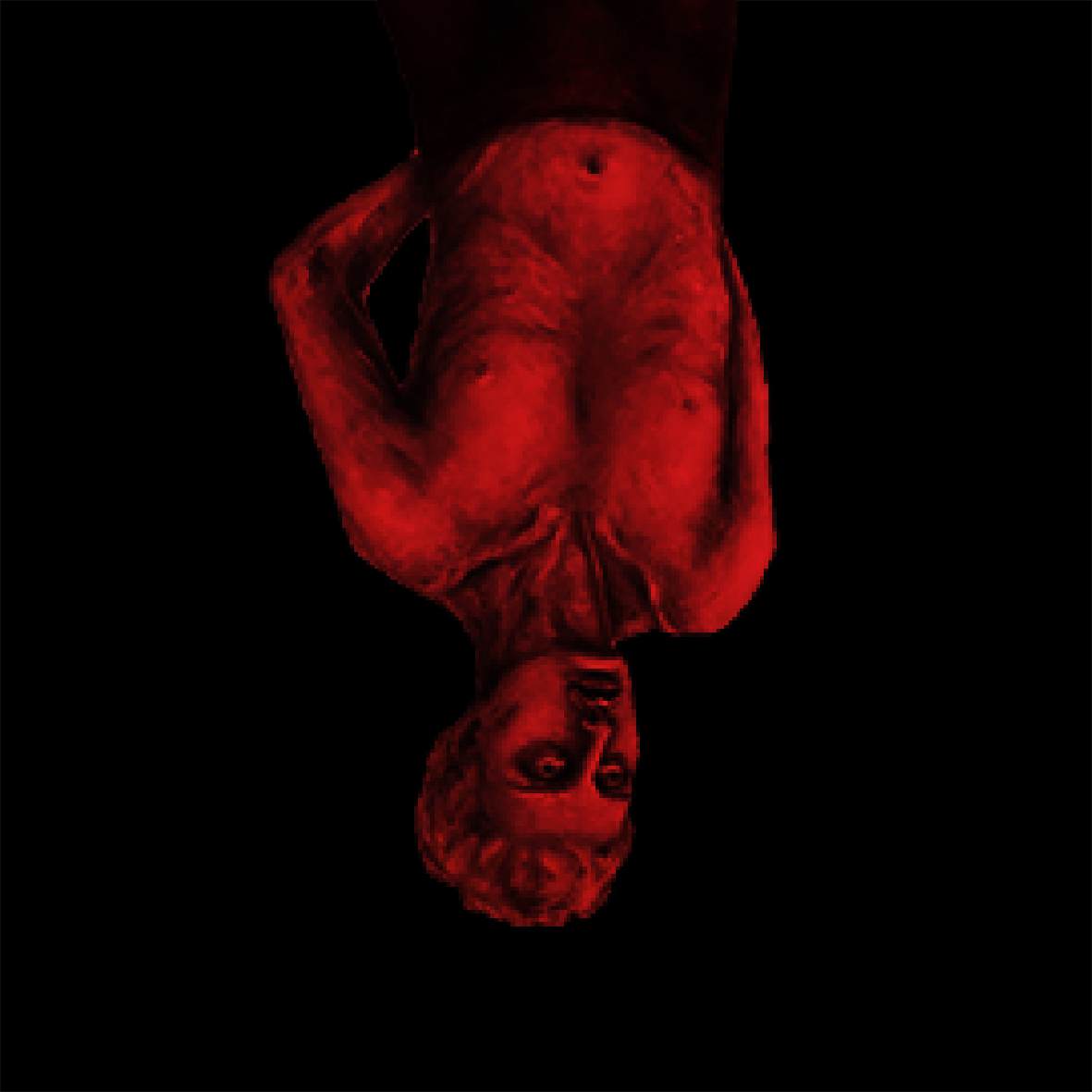
︎
THIS PAGE WILL BE SECRETLY UPDATED
WITH SPECIAL DIGITAL WORKS
AVAILABLE FOR DOWNLOAD
JUST FOR YOU.
︎

MAKE SURE YOU RETURN
︎

PROMPT: WAR STORIES
2021-23generative video, camouflage tent, faux leaves, LED lights
two-channel video installation [10’06” / 07’ 21”]
text prompt generated video and narrative pre-trained text-to-image models:
Clip+VQGAN, miniDALL-E, diffusion, ruDALL-E, Dream Studio
VIDEO
PROMPT: WAR STORIES is a project developed using GPT-3 and various pre-trained text-to-image models [DALL-E 2, stable diffusion], through a series of text prompt inputs chosen by the author.
These pre-trained models consist of quantified traces of reality and collective histories, becoming a substance for algorithms to generate content that recycles the past.
On the borderline between sensitive content and an easy slip into topics of violence, this project explores the depths of the subconscious of these models, excavating the influences of media and online information exchange. These models build the spine of quasi-historical narratives simulated by the algorithms and often obfuscated with prejudice and misinformation, along with the author’s personal bias. ...
lack of agency, oversaturated media, and perpetual state of war - all of that as part of our collective histories now being reiterated into two imaginary narratives - one more fantasy-like heroic context while the other is a reality simulator. work is proposing a colonised imagination, inviting us to sit on the safe side of this tent-membrane-information shelter and meditate on the generative ideologies of war
PRESS
DORFTV
Ars Electronica Blog
Crossing the Bridge: Interface Cultures @ Ars Electronica Festival
Photo credits: Indiara Di Benedetto, Miha Godec, Florian Voggender©Ars Electronica Festival / Sarah Tasha Huber©Queer Museum Vienna / Ana Simona Zelenovic©FRAULEIN MAGAZINE
DORFTV
Ars Electronica Blog
Crossing the Bridge: Interface Cultures @ Ars Electronica Festival
Photo credits: Indiara Di Benedetto, Miha Godec, Florian Voggender©Ars Electronica Festival / Sarah Tasha Huber©Queer Museum Vienna / Ana Simona Zelenovic©FRAULEIN MAGAZINE
FUTUREFALSEPOSITIVE
2021
real-time generative video installation
computer vision, artificial intelligence, apophenia, pareidolia, cold reading
FUTUREFALSEPOSITIVE is a project based on StyleGAN and object recognition algorithms applied to the ritual of Turkish coffee cup reading. The algorithm performs this continuous object recognition process in real-time—reading the cup—while producing new visual narratives in a loop.
In this process, a relation has been established between false positives in computer vision and the psychological phenomena of pareidolia and apophenia. The interplay between prediction as a false positive and prophecy as apophenia - the tendency to perceive meaningful connections between seemingly unrelated things - does not only focus on absurdity but on possibilities of creative interpretation when trying to understand the technical processes behind it.
*special thanks to Miloš Trifunović and Thomas Hoch
VIDEO

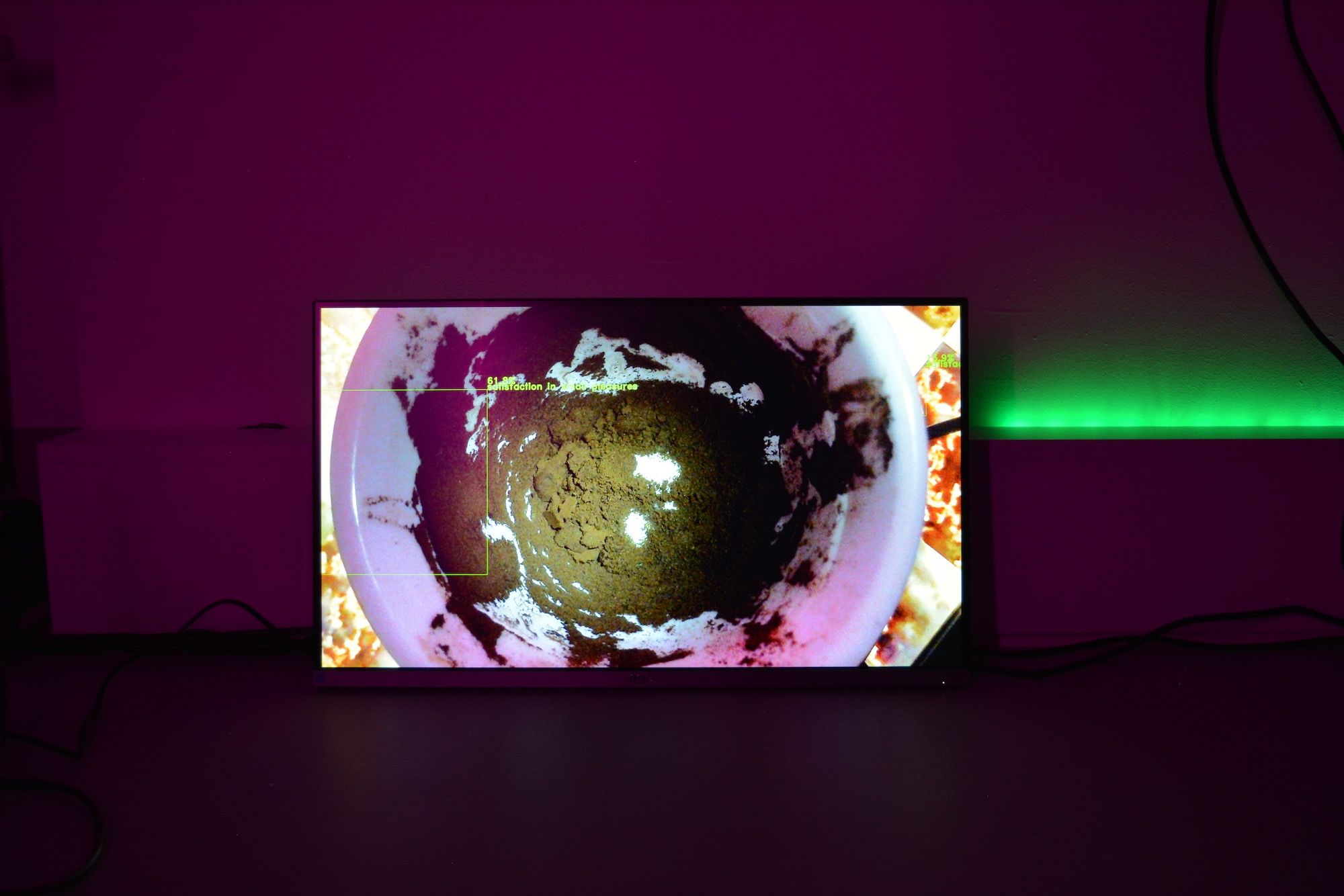


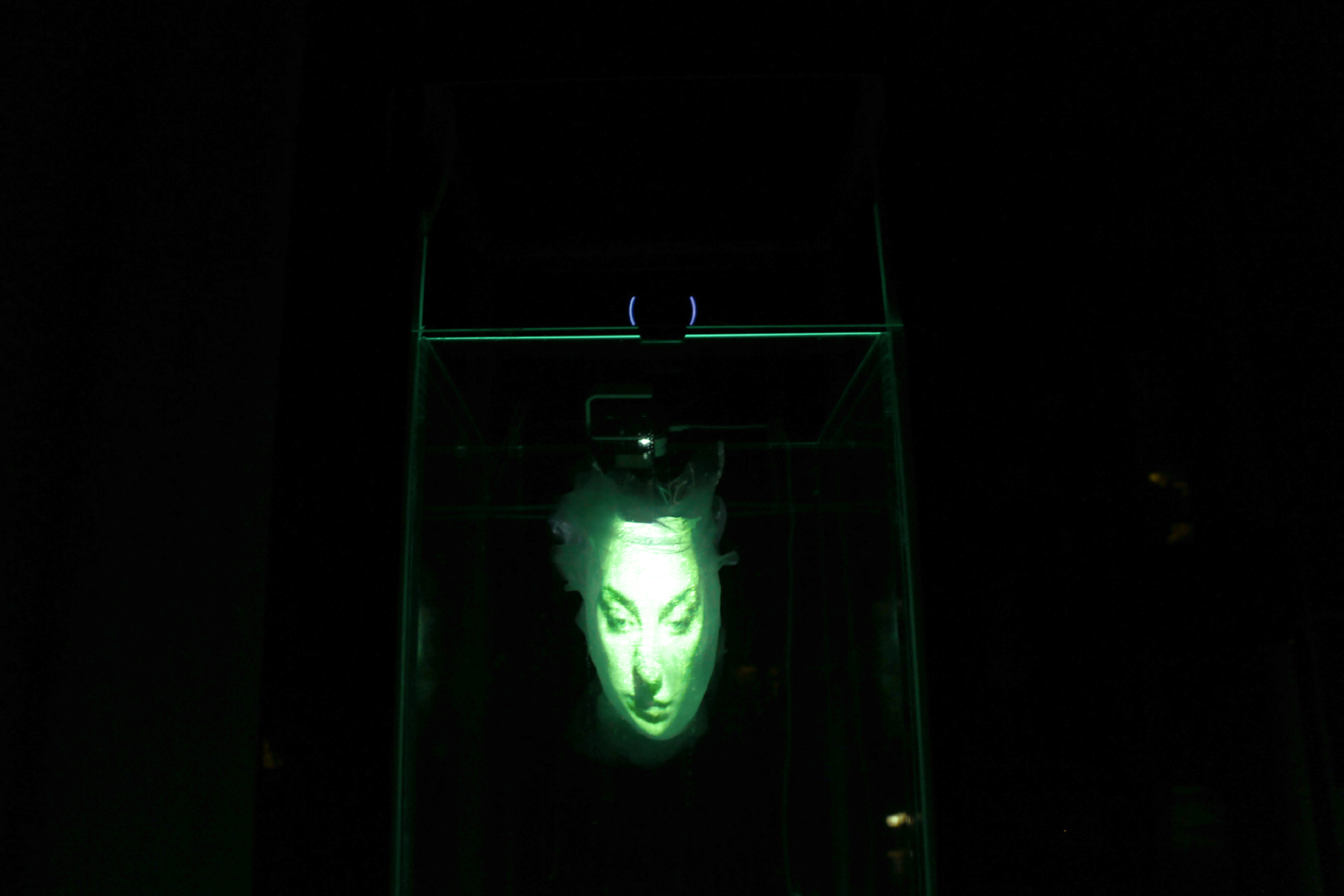
POWER STRANGERS
2021
Barbara Jazbec, Kristina Tica
POWER STRANGERS is an interactive real-time video and audio installation. It consists of a web camera, projector and a water tank filled with reactive slime. It is based on custom-made face detection algorithm. When approaching the installation, the spectator’s face is being traced by a live camera feed. The data received from the camera is being processed and projected inside the tank, only when the spectator turns away from the installation - therefore, they are never able to see the projection of their face.
Lurking behind the spectator, there is an image of them disconnected from the self, yet dependent on it - becoming their ghost.
Contemporary ghosts live in the digital data and they generate the power of the automated surveillance systems. Extracting the disembodied - virtual presence from its real life experience, introduces the idea of being haunted by your own ghost - your own digital data. In context of hauntology and retro-futurism, it aims to present current state of commodification towards global surveillance capitalism. Referencing a pop-culture phenomenon that marks the 90’s generations, whose youth seems to be the last one to grasp pre-internet or pre-social media times, the aim of this project is to suggest what comes as a phenomenon of the post-internet world. In this world, the ghosts that exist do not come from a haunted house, they come from our own digital traces.
We are all strangers whose ghosts roam around in the world of data, and we generate the power of that world. The more we learn about power that we have to shape this world, the better rangers for the future we are.
Photo credits:
Barbara Jazbec, Kevin Blackistone, Kristina Tica
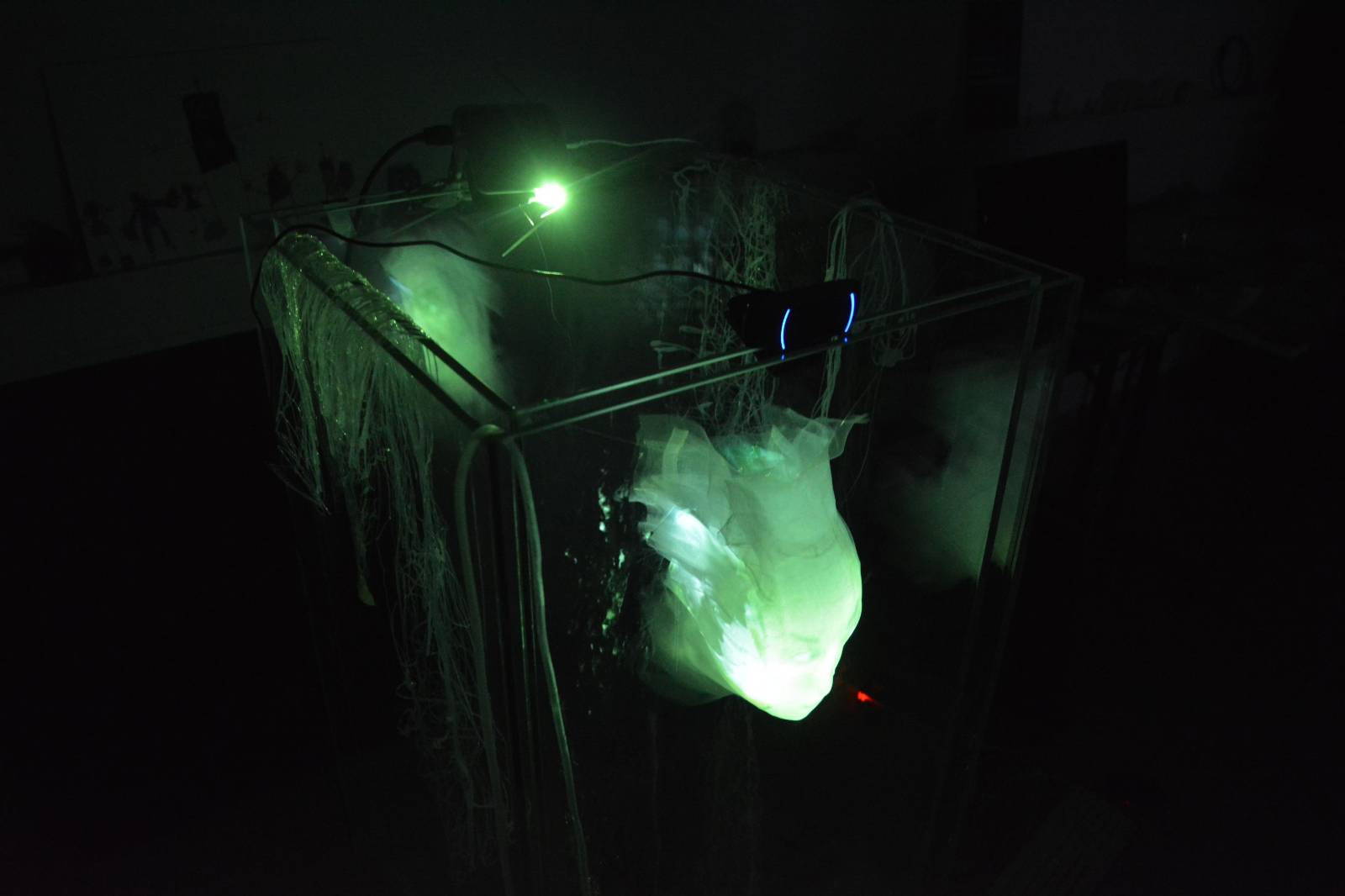
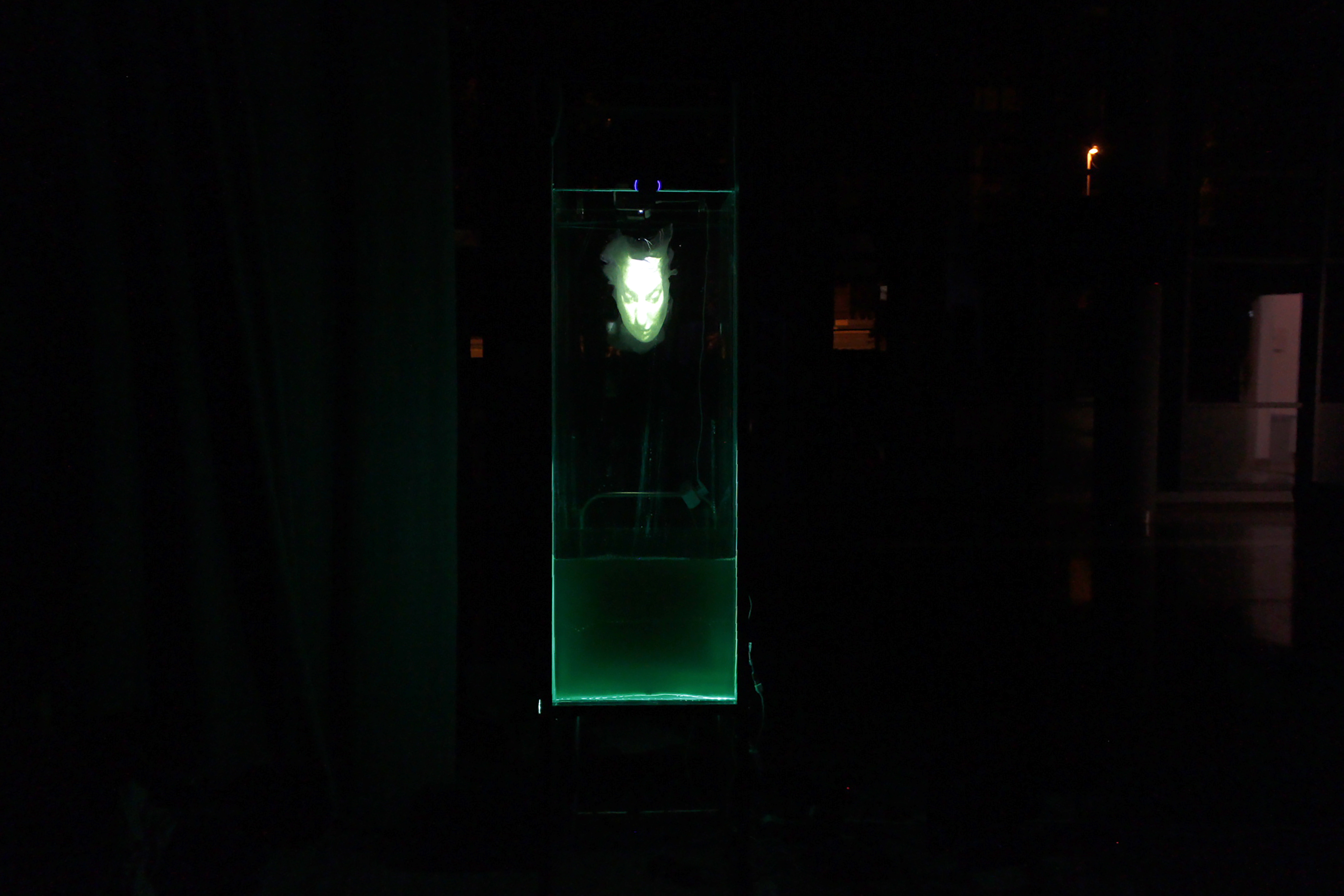
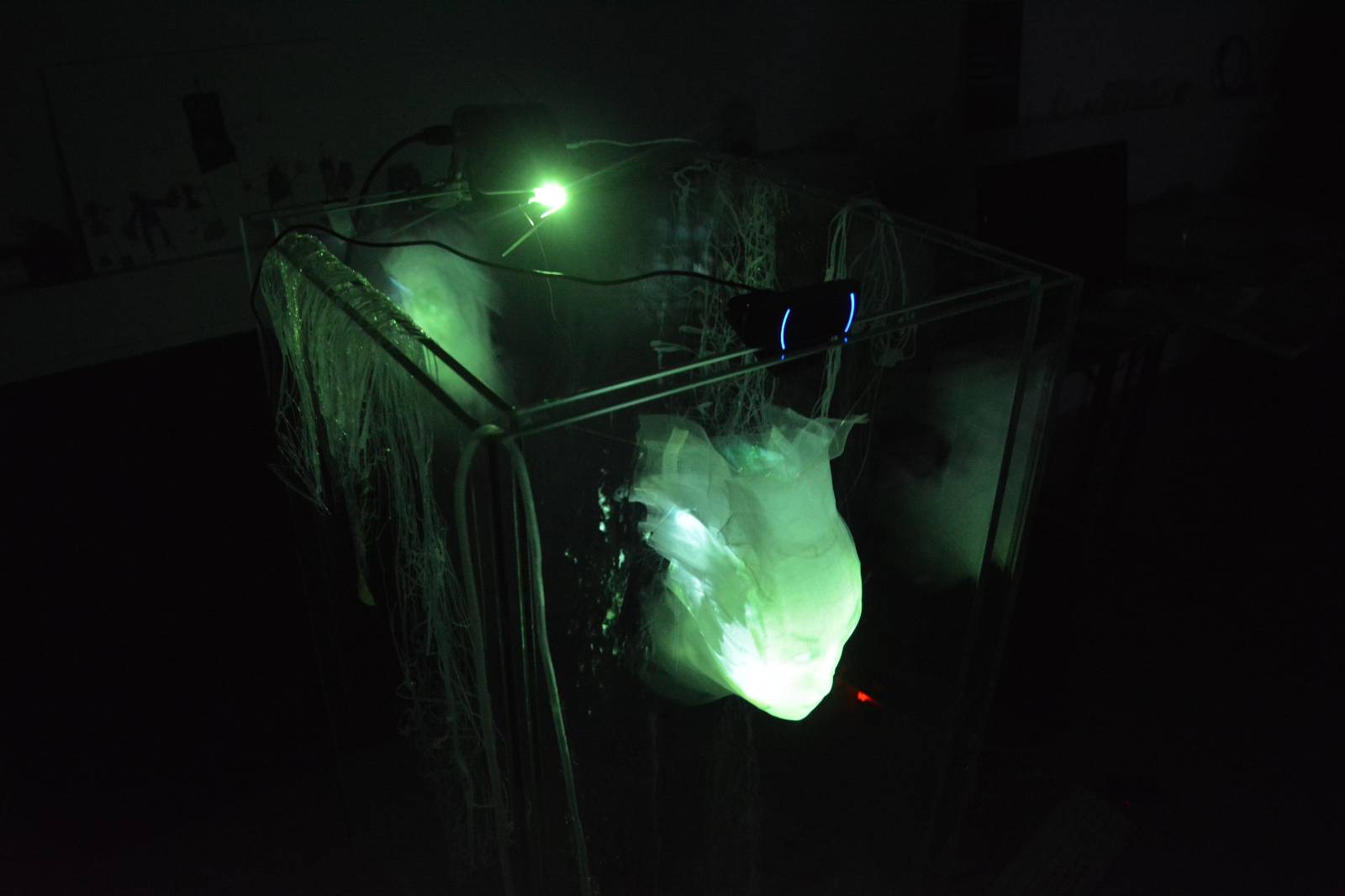
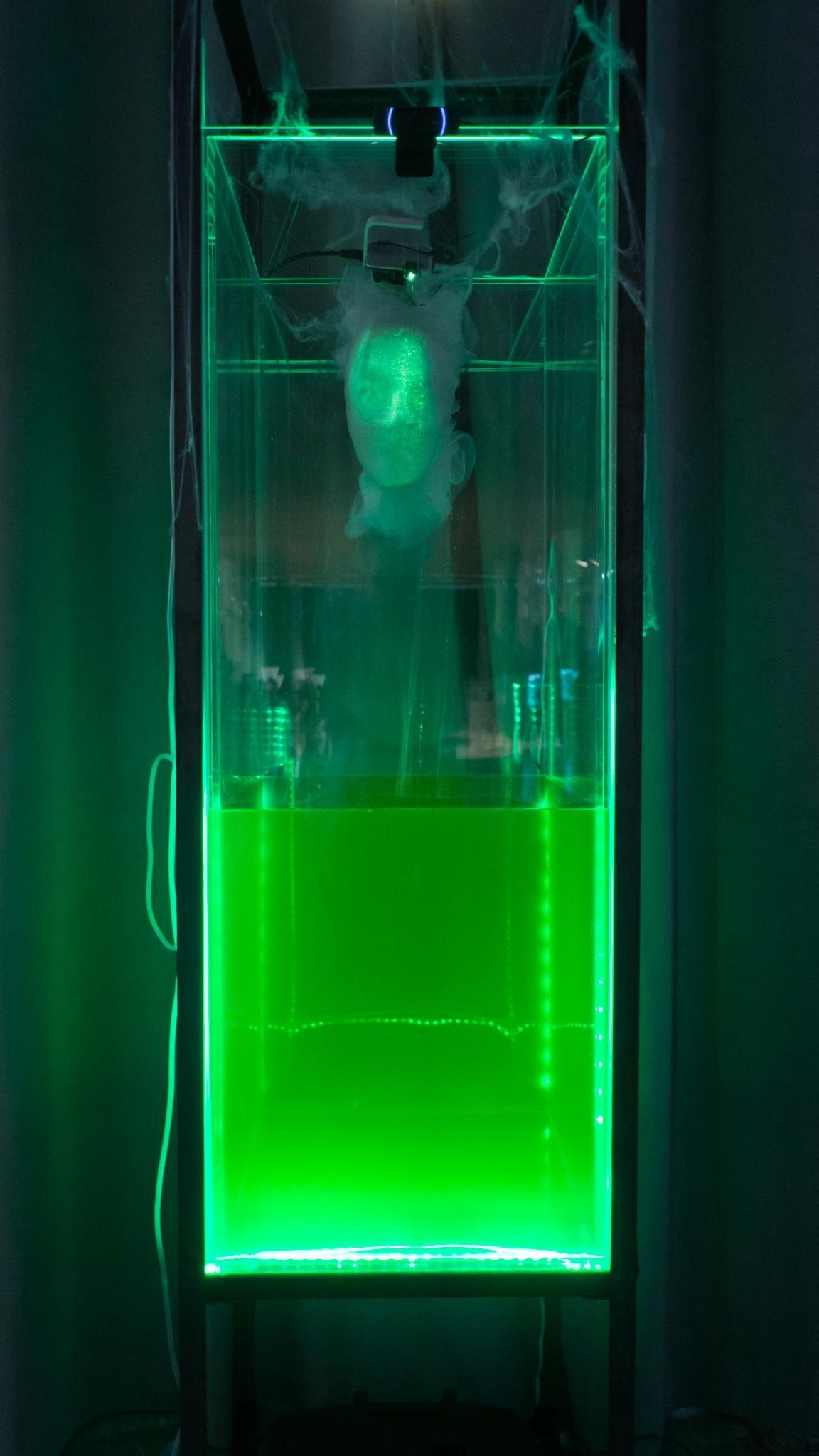
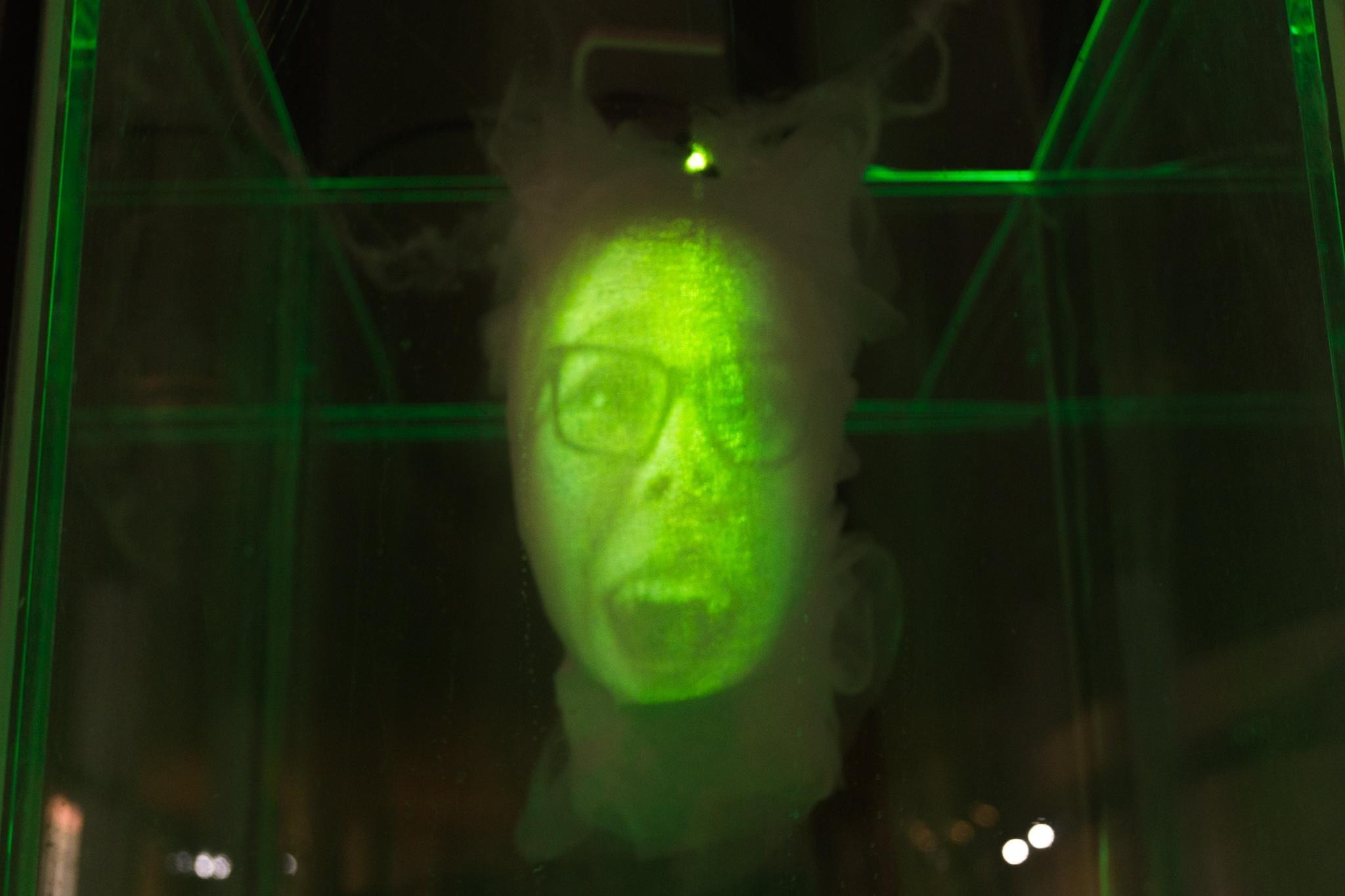
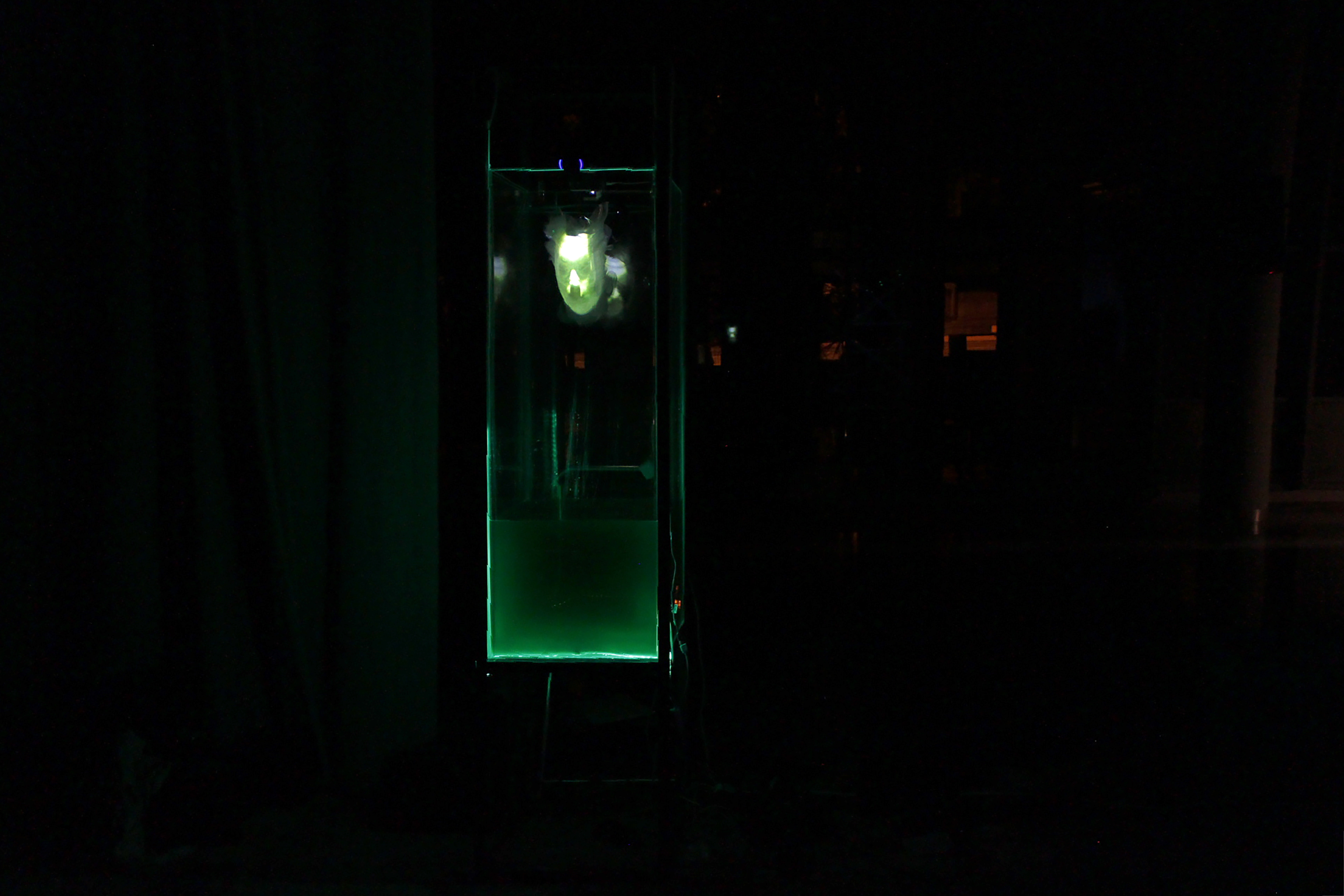
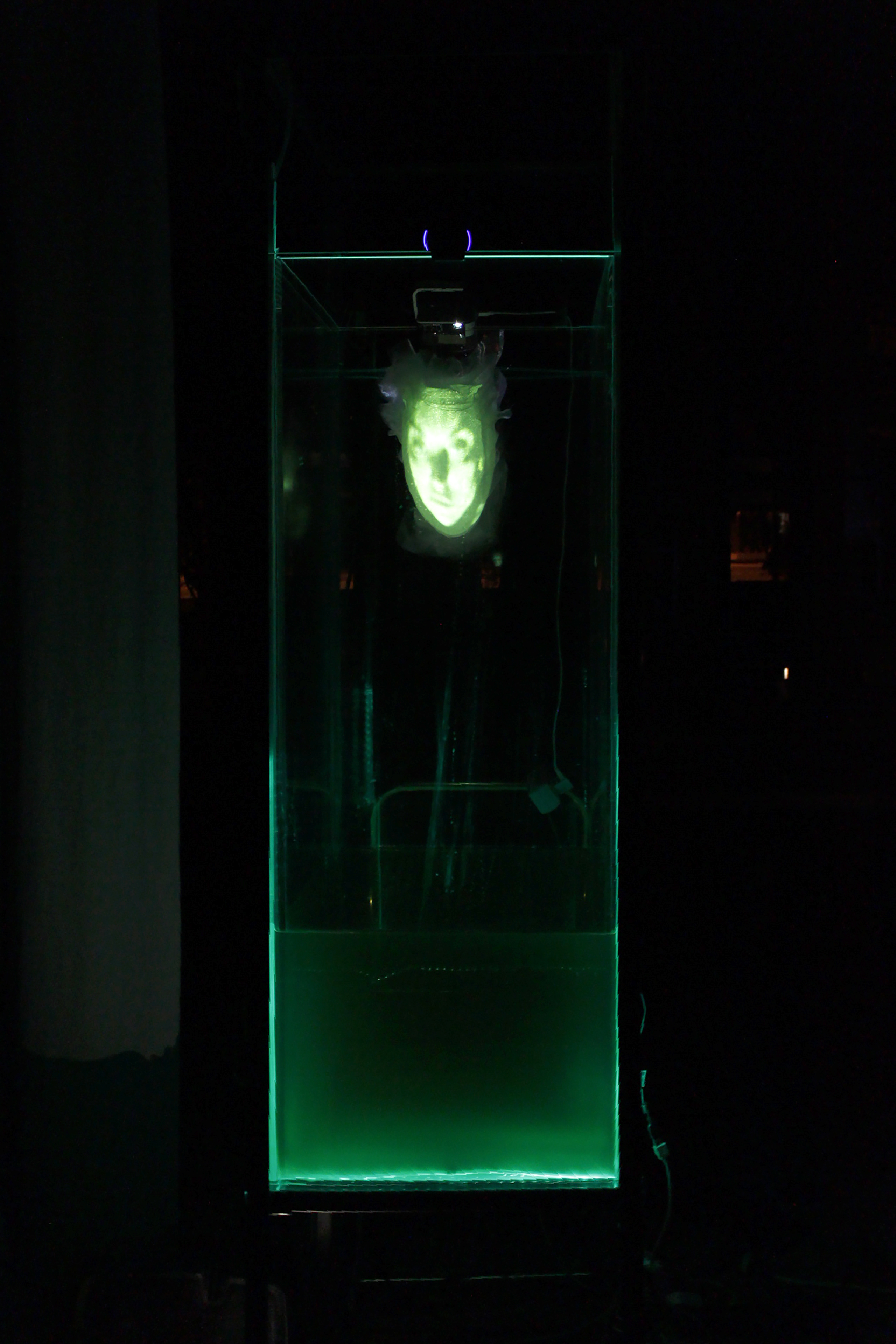

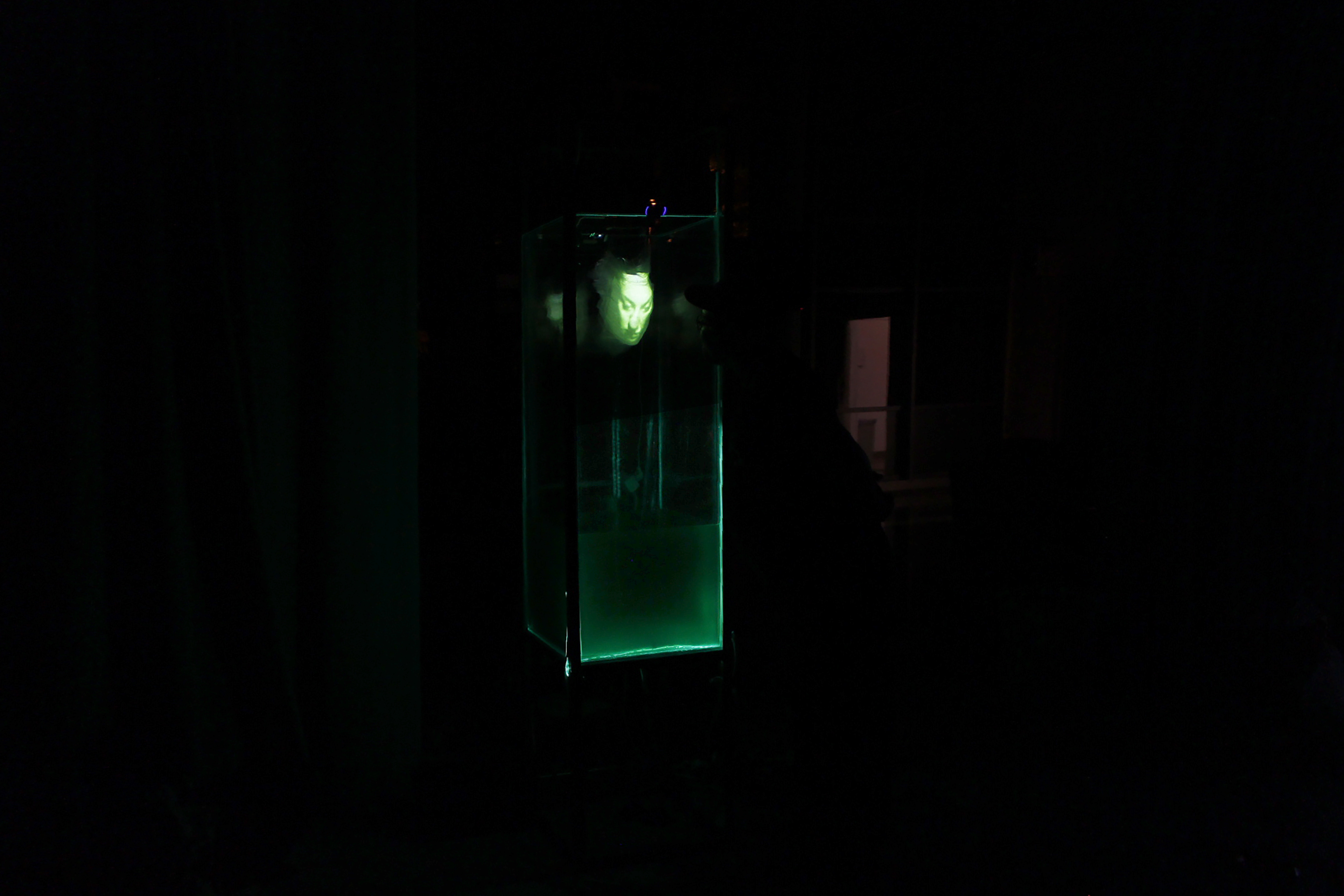
THEY WILL CALL ON ME, BUT I WILL NOT ANSWER
2019
single-channel video
a soul-cleansing slime ghost,
from the screen's abyss,
slowly dissolves, fading into digital baptism.
a collision of digitization and protocol,
a black pixel-mud, a mourning mask imposed.
born in moonlight's glow,
upon the phosphorescent screen.
whosoever calls upon me,
shall receive no answer.
a consequence of their fixated gaze,
the spectral thread of my lament,
their unwavering attention to this cyber-cave,
now closed and locked: "do not forget.”
an echo of a digital Eurydice,
the voice reverberates,
unanswered,
for there is no
cyber Orpheus
to grasp
or hold.
[text by Darko Vukić]
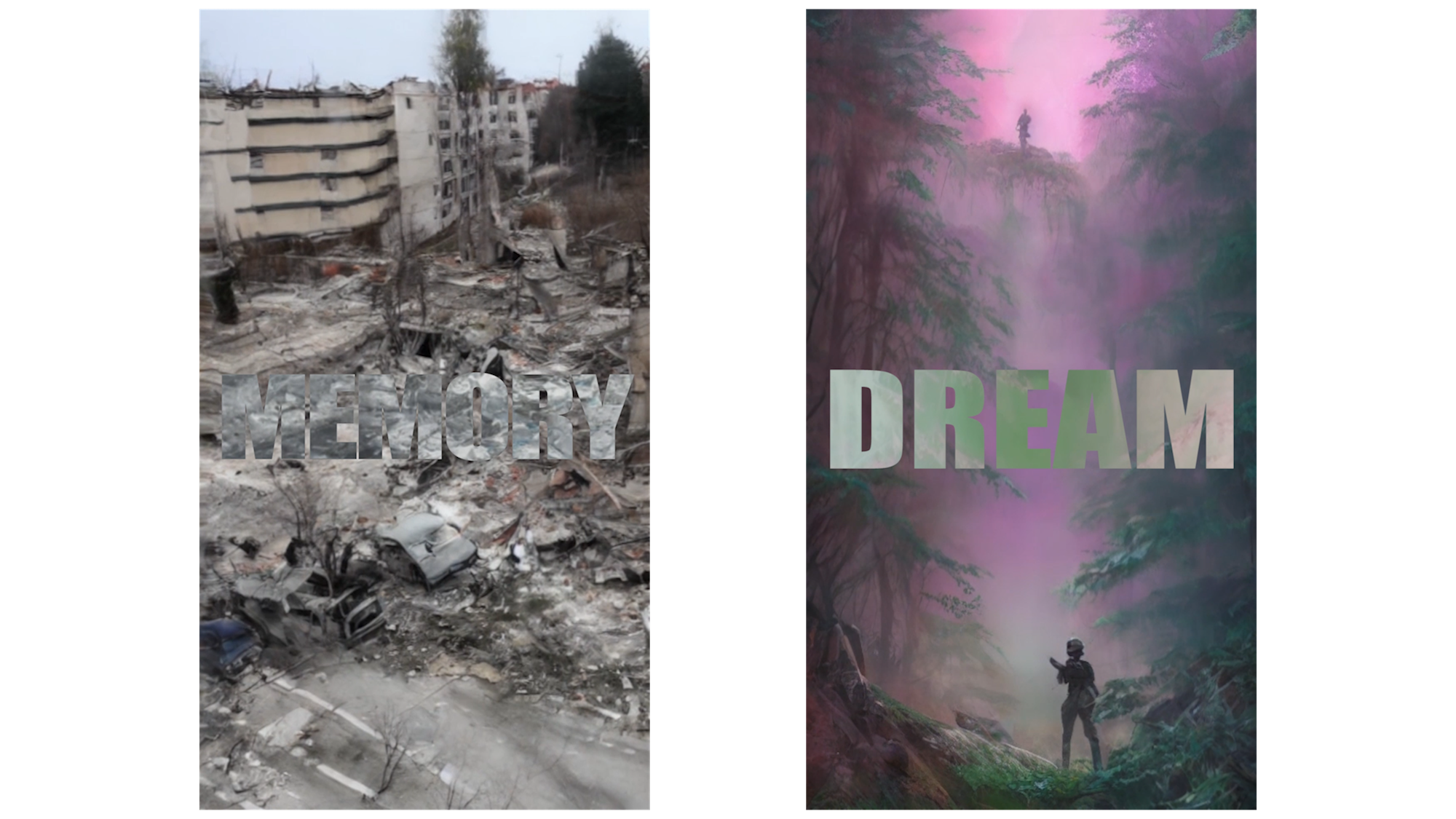
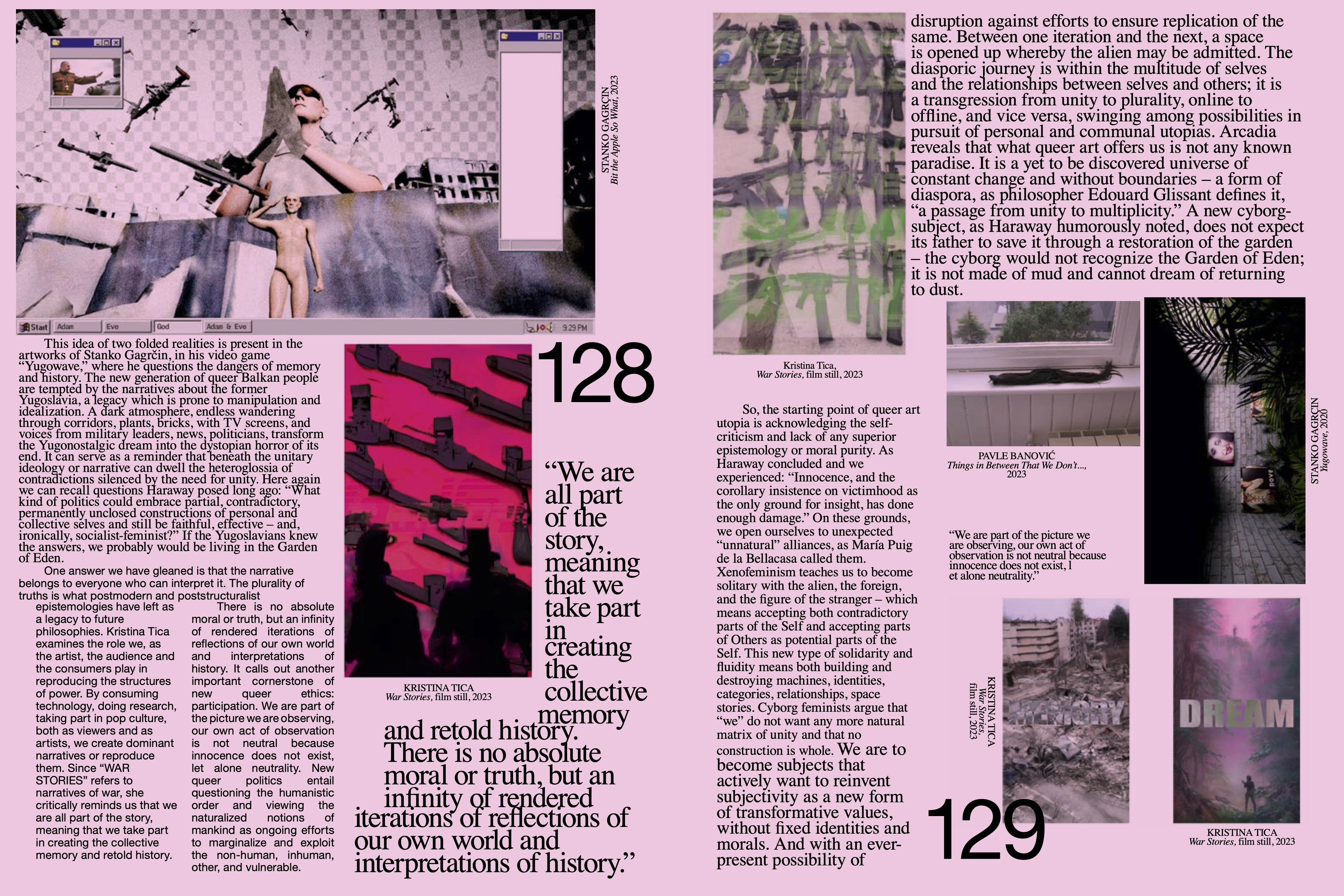 QUEERTOPIA by Ana Simona Zelenovic. FRAULEIN MAGAZINE #36. 2023
QUEERTOPIA by Ana Simona Zelenovic. FRAULEIN MAGAZINE #36. 2023